| Structure | Name/CAS No. | Articles |
|---|---|---|
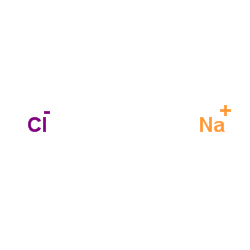 |
sodium chloride
CAS:7647-14-5 |
|
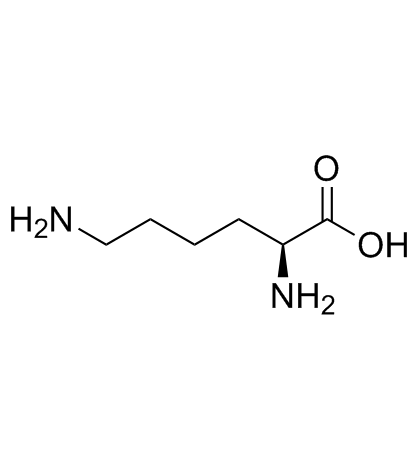 |
L-Lysine
CAS:56-87-1 |
|
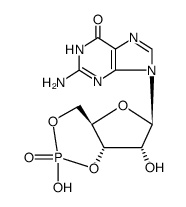 |
Guanosine 3',5'-cyclic monophosphate
CAS:7665-99-8 |
|
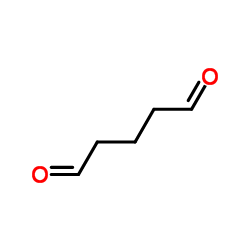 |
glutaraldehyde
CAS:111-30-8 |
|
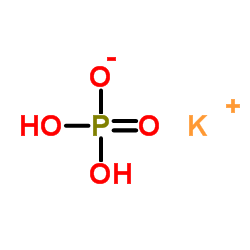 |
Monopotassium phosphate
CAS:7778-77-0 |
|
 |
SODIUM CHLORIDE-35 CL
CAS:20510-55-8 |
|
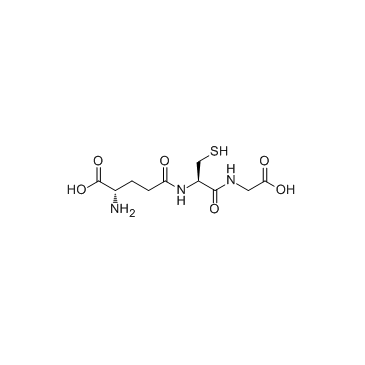 |
Glutathione
CAS:70-18-8 |
|
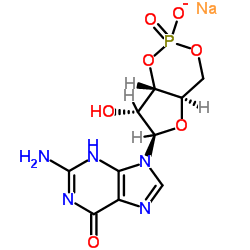 |
guanosine 3':5'-cyclic monophosphate sodium salt
CAS:40732-48-7 |
|
 |
Uroguanylin Topoisomer A (human) trifluoroacetate salt
CAS:154525-25-4 |